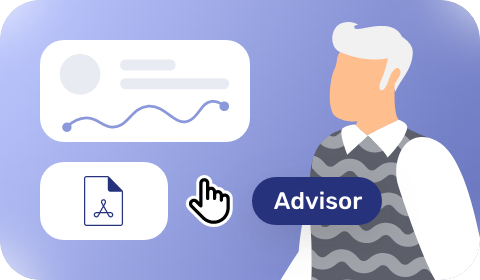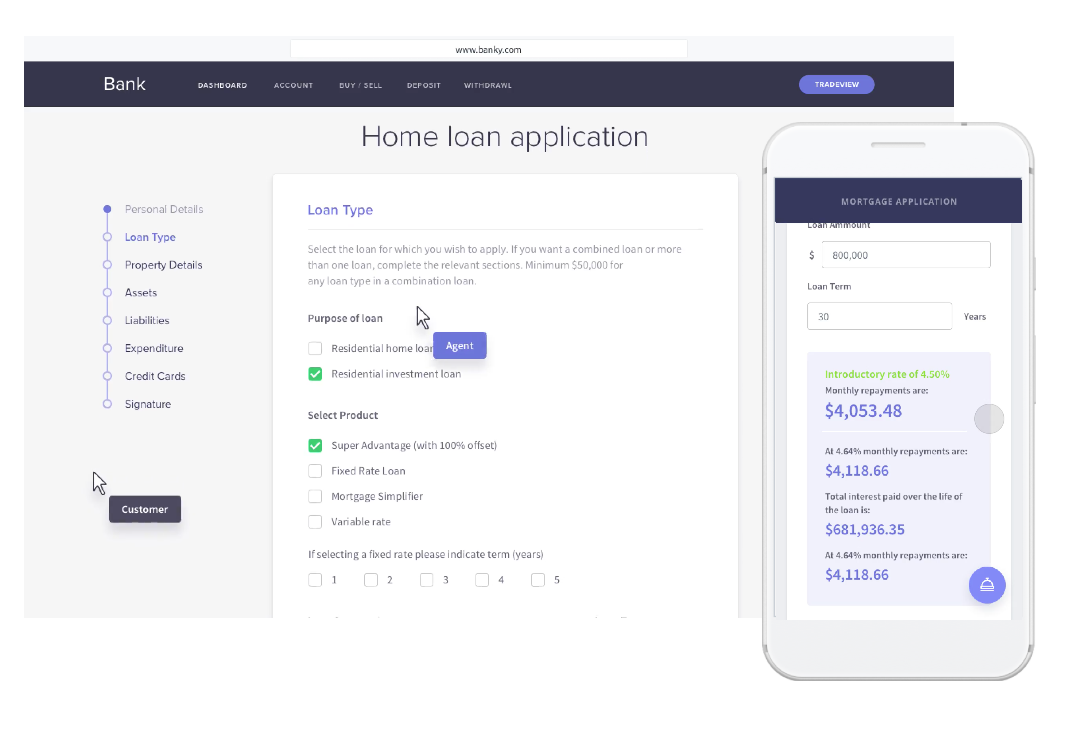When MiFID 2 came into effect in January of this year, the sheer expanse of the thousands upon thousands of pages of the document left us breathless. Indeed, these sweeping regulations mark a watershed moment for the industry that will ultimately bring in a new era of transparency and fairness to financial markets. Critics have called the regulation overreaching, saying it undermines the trust between a client and their advisor. But contrary to the doom and gloom naysayers, the overarching spirit of the regulation demands the kind of behaviour that is required to build a truly customer-centric business model, with transparency and suitability as its cornerstones.
But it has been costly. MiFID 2 preparations are estimated to have cost the industry $2.1bn in 2017 alone. The rigorous demands of the regulation have forced financial companies to make significant changes to their IT infrastructure, business processes and data quality. In particular, wealth managers now must have a record of every interaction with a customer to be able to prove that the decision-making is based on the product’s suitability for the customer’s interest and profile.
Leverage Your Compliance Investment
Trying to fulfil these requirements manually or with a band-aid solution will only bog down the wealth manager in their day-to-day activities.
If we are to get MiFID right, digitization is essential to these processes. Moreover, within these new obligations, there is a great opportunity for firms to harness the big data and new level of transparency and improve their customer services. Given these huge investments to eliminate risk and be compliant, why not leverage the expenditure to improve client communication and engagement? Forward thinkers have long seen MiFID 2 as much more than just an exercise in compliance. It’s the first step of a digital transformation journey that can improve business processes, services and customer satisfaction.
Compliance as a Catalyst for Better Collaboration
Much of MiFID 2 compliance requirements can be met with the latest collaborative digital solutions that also help you deliver an excellent experience to your clients. These tools securely record and replay every client interaction – every single click and every word typed. Consider how you can leverage this new level of transparency to your advantage to make your interactions more relevant to your clients. Study the data from conversations collected across all your customer’s devices. These insights will enable you to tailor existing services and offer new ones. As one banking CEO describes it, regulatory terms like ‘enhanced quality’ or ‘ongoing advice’ a really just a metaphor for a customer’s journey, where a blend of personal interaction and digital tools now form the basis of the customer-manager relationship.
The Advantage of Transparency
Because of MiFID 2 requirements, investors now have better access to accurate, timely information to help them and their advisers make better-informed decisions. Firms, on the other hand, can either see MiFID 2 as yet another piece of overreaching regulation, or rise to the challenge and distinguish themselves in the market. With today’s cost-effective technology for storing and analysing data, wealth managers can be confident of fulfilling MiFID 2’s communications record-keeping rules. In the end, leveraging real-time client insight and being compliant are one and the same thing.




 Interaction Management Hub
Interaction Management Hub Secure Messenger
Secure Messenger Video & Voice
Video & Voice



